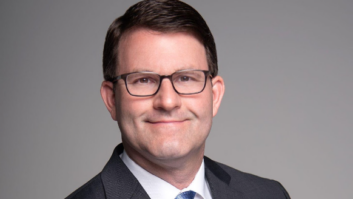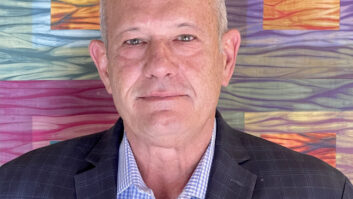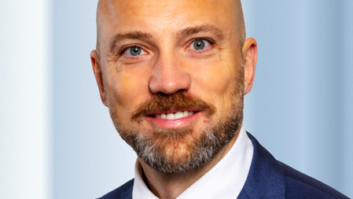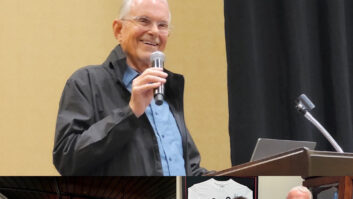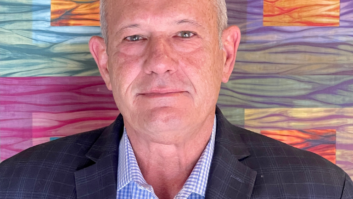New York – Chris Weber,
Nokia’s new U.S. president, has his work cut out for him in the U.S., where the
company’s handset share has fallen dramatically over the years.
Earlier this year, Weber was
appointed president of Nokia Inc. (U.S.) and head of markets, North America, as
part of a worldwide restructuring effort launched by Nokia to bring in new
management, bring products to market fast+er, reduce costs, and partner with
Microsoft to focus on Windows Phone 7 smartphones to reverse the company’s
worldwide market share decline, which was particularly acute in smartphones.
In the U.S., Nokia was at the top of
the heap in handset sales in the 1990s, but company’s fortunes changed. Nokia
was not known for working closely with carriers to bring products to market,
and its proprietary Symbian smartphones did not catch on in a market dominated
by Apple’s iOS and Android OS. The company had also been slow to move from
bar-type phones to clamshell phones and sliders as consumer demand shifted.
Nokia hopes to resurrect its
fortunes worldwide and in the U.S. and Canada, where Weber is responsible for
managing the markets organization of Nokia’s device and services business.
Before joining Nokia, Weber owned a
consulting business focused on helping companies develop world-class sales
cultures. He previously spent 15 years at Microsoft, where he held several
senior executive positions in sales, marketing and professional services.
As corporate VP leading Microsoft’s
U.S. enterprise and partner group, Weber was responsible for leading enterprise
sales and marketing across the U.S.
In earlier Microsoft roles, Weber
oversaw national sales strategy, sales operations, enterprise partners and
vertical industry strategy, as well as sales and marketing for a variety of
divisions.
Here’s what Weber had to say about
his North American goals in response to written questions:
TWICE:
What changes will you
make in Nokia’s relationships with U.S. carriers?
Weber:
With the vast majority
of smartphones in the U.S. being sold directly to consumers through operator
channels, the opportunity is clear. We have re-evaluated and renewed our
channel priorities and will focus on offering consumers Nokia with Windows
Phone devices through our carrier partnerships. Further, we are adjusting our
resourcing and investments n each of these areas – areas like sales rep
training and access to our devices are key to re-establishing Nokia in the U.S.
and in the hearts of consumers.
And it is not just Nokia that is
invested in our success. Our operator customers are working with us because our
success is important to the overall ecosystem.
But, it is about adding new
smartphone customers, not simply churning existing customers. We are perfectly
positioned to attract consumers who are not yet using smartphones and are
perhaps intimidated by the technology. With Windows Phone, many of the things
consumers would like to do on the mobile are integrated so that the consumer
doesn’t have to worry about operating multiple apps or functions on the device.
In fact, when we show the operators our Nokia devices running Windows Phone,
right away the comments are about how the consumer would have to download about
six separate apps on other platforms. So we believe together with Windows
Phone, we can offer a simplified, yet full smartphone experience.
TWICE:
What changes will you
make in your retailer relationships, mainly in terms of dealer support?
Weber:
I mentioned earlier
about sales rep training and providing the sales reps access to our devices.
This represents a major investment from Nokia and from our operator partners.
In addition to retail and dealer programs, the best thing we can do is to drive
consumers into the operator channel asking for Nokia devices. For us that means
a big spend in marketing. You’ll see that coming in the months ahead.
TWICE:
What will you do to
boost Nokia’s consumer awareness?
Weber:
First, we need to
launch our products with the operators. We aim to have a portfolio of products
with multiple carriers in early 2012. We are excited about introducing our
consumer marketing, which centers around “Amazing Everyday.”
When you think about it, we all want
our every day to be a little exciting. Every day is not about the day you do
something like bungee jump off a bridge. Your amazing everyday may be something
that makes you smile during your normal commute. Capturing and sharing that
amazing moment on your smartphone is what we are talking about here. It’s a fun
way to connect with consumers and lets them know they don’t have to be a
technologist to be able to participate.
TWICE:
Do you have a
market-share goal and timetable?
Weber:
We consider ourselves
a challenger in the U.S. market. So when you think of it that way, there is
nowhere to go but up. Our goals are ambitious, and our time frame starts as
soon as we enter the market. We have said early 2012 and we feel confident that
we will deliver.
TWICE:
Will Nokia re-enter
the tablet market in the U.S.?
Weber:
Tablets are an
important consideration in the smart devices market, but we have no
announcements to make at this time. As our CEO Stephen Elop has said, we do not
want to introduce the 202nd tablet into a crowded marketplace. Our decision to
pursue a tablet strategy would only be based on a belief that we could introduce
meaningful differentiation into that space.
TWICE:
Nokia has
traditionally focused on marketing GSM/HSPA handsets in the U.S. along with
low-priced CDMA feature phones to Verizon and smaller carriers. Will you add
other handset technologies in 2012?
Weber:
We are committed to
launching products that meet specific local market requirements – including as
we announced, plans for LTE and CDMA products.





